Hey there! Have you ever wondered how many watts your blender consumes? Well, you’re definitely not alone! Whether you’re a smoothie enthusiast or just someone who enjoys whipping up delicious soups and sauces, understanding how much power your blender uses can be quite useful. In this article, we will delve into the fascinating world of blenders and explore the various factors that determine their wattage consumption. So, if you’re ready to uncover the mystery behind this kitchen appliance’s energy usage, let’s dive right in!
Well, blenders are quite the powerhouses in the kitchen, but their wattage can greatly vary. Typically, they use anywhere between 300 to 1500 watts. Smaller, personal blenders will lean towards the lower end, while larger, commercial-grade blenders will use more power. It’s always best to check the label of your blender to know its exact wattage.
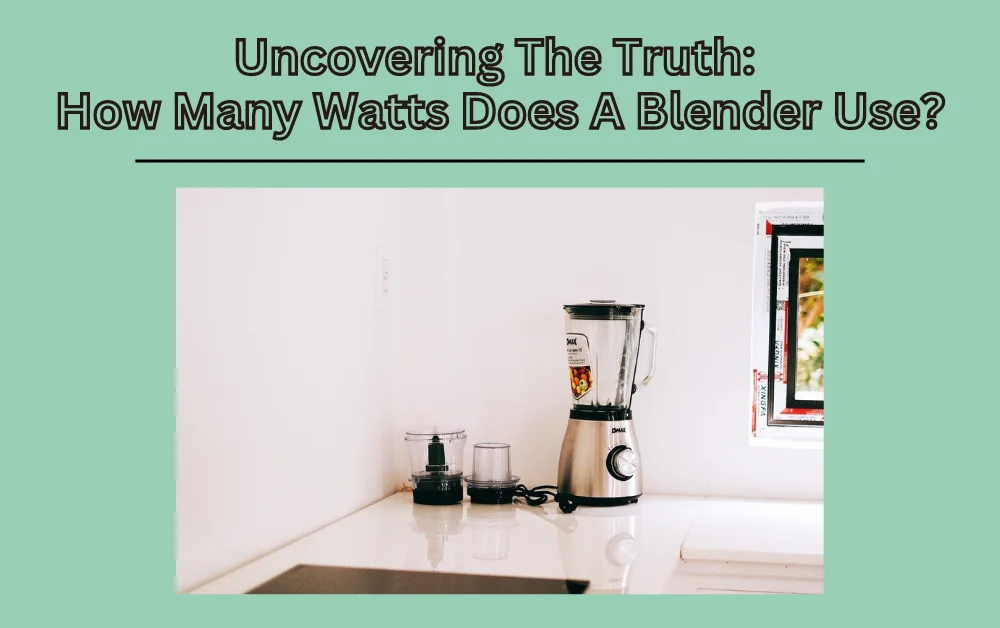
Why Wattage Matters: Efficiency and Performance
Wattage is a measurement of electrical power, and in the context of appliances like blenders, it gives us an insight into both the efficiency and the performance of the device.
Efficiency
High wattage does not necessarily mean an appliance is more efficient. Efficiency, in this case, refers to how well the blender uses the electrical power it consumes to perform its tasks. For example, a blender that can quickly and smoothly blend ingredients while consuming fewer watts is considered more efficient than one that takes longer and uses more power to accomplish the same task.
Performance
On the other hand, wattage can significantly impact the performance of a blender. Higher wattage generally translates into a more powerful motor. This increased power allows the blender to handle harder ingredients and blend more quickly, leading to smoother results in less time. For heavy-duty blending tasks, such as crushing ice or blending raw vegetables, a higher wattage blender might be more effective.
However, a word of caution is warranted here: higher wattage blenders will usually consume more electricity, which could lead to higher energy bills. Therefore, it’s crucial to strike a balance between your blending needs and energy consumption.
Factors that can Affect Blender Wattage
Blender wattage refers to the amount of power the motor consumes to operate the blender. It is a key indicator of the blender’s overall strength and performance. Several factors can influence the wattage of a blender:
- Motor Size: The size and power of the blender’s motor play a crucial role in determining its wattage. A larger and more robust motor will generally require higher wattage to run efficiently, allowing it to handle tougher ingredients and achieve smoother blends.
Blade Design: The design and sharpness of the blender’s blades can impact the amount of power needed to blend various ingredients. Blenders with more efficient and durable blades may require lower wattage to achieve the same results as those with less effective blades.
Jar Capacity: The size and material of the blender’s jar can affect wattage requirements. Larger jars might demand more power to ensure consistent blending, while certain materials may require additional energy to process ingredients effectively.
Speed Settings: Blenders equipped with multiple speed settings or advanced features like pulse options may have varying wattage needs depending on the selected function.
Types of Ingredients: Blending hard or frozen ingredients demands more power than processing softer ones. Thus, the type of ingredients you frequently use may influence the wattage required for your blender.
Comparing Different Blender Wattage
Blenders are available in a wide range of wattage, typically ranging from 300 to 1500 watts or more. The wattage is usually mentioned in the product specifications. Here’s a comparison of low, medium, and high-wattage blenders:
- Low-Wattage Blenders (300-600 watts): These blenders are suitable for basic blending tasks like making simple smoothies, blending soft fruits, or preparing light sauces. While they are more energy-efficient, they may struggle with tough ingredients and might not achieve the smoothest textures.
- Medium-Wattage Blenders (600-900 watts): Blenders in this range offer more versatility and power. They can handle a variety of ingredients, including frozen fruits, ice, and leafy greens, making them a popular choice for many households.
- High-Wattage Blenders (900 watts and above): High-wattage blenders are heavy-duty machines that excel at blending almost anything with ease. They are ideal for crushing ice, grinding nuts, and preparing silky-smooth purées. If you frequently blend tough ingredients, or large quantities, a high-wattage blender might be the best option for you.
Recommended Read: The Sweet Truth About Blending Frozen Fruit: Can Your Blender Handle Frozen Fruit?
Blender Wattage in Different Brands
Let’s take a friendly tour through some popular blender brands and explore their wattage specifications to find the perfect blending buddy for your kitchen!
Vitamix Blender
Vitamix is a well-known brand that has gained a reputation for its high-quality blenders. Their models usually boast a wattage ranging from 120 to 1800 watts. With such powerful motors, Vitamix blenders can effortlessly crush ice, blend tough ingredients, and create velvety-smooth textures. If you’re looking for a blender that can handle any blending challenge, Vitamix is a fantastic choice!
Powerful Vitamix Blender:
- Vitamix 5201 XL (1800 watts).
- Vitamix The Quiet One (1800 watts).
Lowest Watt Vitamix Blender:
- Vitamix ONE (120 watts).
Nutribullet Blenders
Nutribullet blenders are known for their compact design and ease of use. Most Nutribullet models fall in the range of 600 to 1700 watts, making them ideal for personal use and simple blending tasks. They’re perfect for whipping up smoothies and shakes without taking up too much space on your countertop.
Powerful Nutribullet Blender:
- Nutribullet Rx (1700 watts)
Lowest Watt Nutribullet Blender:
- Nutribullet 600W Personal Blender (600 watts)
Ninja Blender
Ninja blenders offer a wide variety of models to suit different needs. Their wattage can range from 1100 to 1500 watts, providing impressive blending power. Ninja blenders are versatile machines that can tackle everything from smoothies to dough mixing, making them a reliable choice for any kitchen.
Powerful Ninja Blender:
- Ninja BL770 Mega Kitchen System (1500 watts)
Lowest Watt Ninja Blender:
- Ninja® Nutri-Blender Pro with Auto-iQ (1100 watts)
Magic Bullet
The Magic Bullet is a compact and affordable option for those who don’t need a high-powered blender. Most Magic Bullet models have a wattage of around 200 to 250 watts, which is sufficient for basic blending tasks. It’s great for quickly blending small portions and is easy to clean and store.
Powerful Magic Bullet:
- Magic Bullet Kitchen Prep (250 watts)
Lowest Watt Magic Bullet:
- Magic Bullet Mini (200 watts)
Hamilton Beach
Hamilton Beach blenders offer a range of options, from simple models to more advanced ones. Their wattage can vary from 175 to 1800 watts, providing a suitable blender for various needs. Whether you want to make soups, sauces, or smoothies, Hamilton Beach has a blender that can handle the job.
Powerful Magic Bullet:
- Hamilton Beach Professional (1800 watts)
Lowest Watt Magic Bullet:
- Hamilton Beach Personal Blender (175 watts)
When choosing a blender from these popular brands, keep in mind your specific blending requirements and the types of ingredients you plan to blend regularly. Each brand offers its unique features and performance capabilities, so you’re sure to find one that fits your lifestyle and kitchen needs like a glove!
Recommended Read: Debunking Myths: Does Blending Destroy Fiber?
Difference Between a Low-Wattage or a Higher Wattage Blender
The primary difference between a low-wattage and a higher-wattage blender lies in their performance capabilities. Low-wattage blenders are more suitable for occasional, light blending tasks and are often more budget-friendly. On the other hand, higher wattage blenders offer superior performance, durability, and versatility. They can handle more demanding tasks and are built to withstand frequent use.
When deciding between the two, consider your specific blending needs. If you only need a blender for basic tasks and have budget constraints, a low-wattage blender might suffice. If you frequently blend hard or frozen ingredients or desire a blender with long-lasting durability, it is advisable to invest in a blender with higher wattage.
Is 500w enough for blender?
Yes, a 500-watt blender can be sufficient for many common blending tasks. It should have no problem handling tasks such as making smoothies, blending soups, or grinding soft ingredients.
How Many Watts Does A Ninja Blender Use?
Ninja blenders, known for their powerful performance and versatility, generally use between 1100 and 1500 watts depending on the model. Models like the Ninja® Nutri-Blender Pro with Auto-iQ typically have a power of 1100 watts, while high-end models like the Ninja BL770 Mega Kitchen System can go up to 1500 watts.
How Many Watts Does A Vitamix Blender Use?
Vitamix blenders are renowned for their power and durability. Depending on the model, Vitamix blenders can range in power from about 120 watts for immersion blenders to up to 1800 watts for high-performance countertop models.
How Many Watts Does A Typical Blender Use?
A typical household blender can use anywhere between 300 and 1000 watts of power, depending on the model and its intended use.
For simple tasks like blending soft fruits or liquids, lower-wattage blenders around 300-400 watts can often do the job effectively. However, if you frequently make smoothies with hard ingredients like ice or frozen fruit, or if you use your blender for tasks like grinding nuts or seeds, you may want to opt for a higher-wattage model, typically ranging from 600 to 1000 watts. High-performance blenders, like some Vitamix or Ninja models, can even go up to 1500 watts or more.
Conclusion: Choosing the Right Wattage for Your Needs
Finally, understanding how many watts a blender uses is essential for selecting the right appliance to meet your blending requirements. Several factors influence blender wattage, including motor size, blade design, jar capacity, speed settings, and the types of ingredients you plan to blend.
Comparing different blender wattage reveals that low-wattage blenders are suitable for basic tasks, while higher wattage blenders offer greater power and versatility. Ultimately, the decision between a low-wattage or higher wattage blender depends on the frequency and complexity of your blending needs.
Consider your budget and the tasks you want to do with the blender. Choose a model that has the right balance of power, features, and durability. With the right blender at hand, you can effortlessly whip up delicious and smooth blends for years to come.
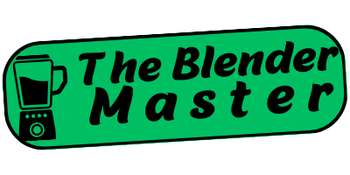
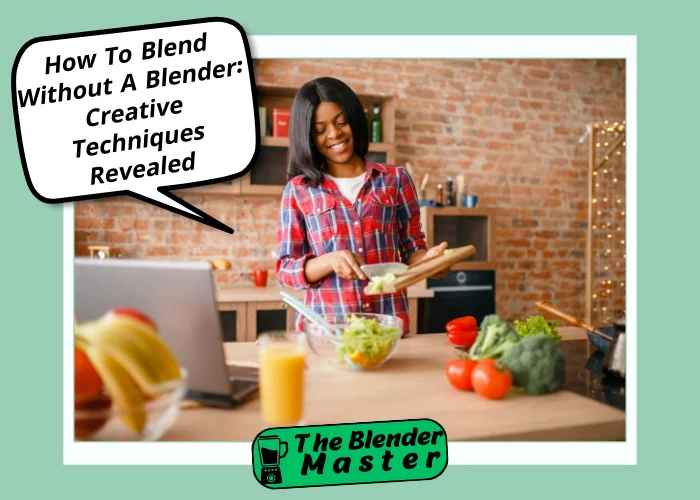
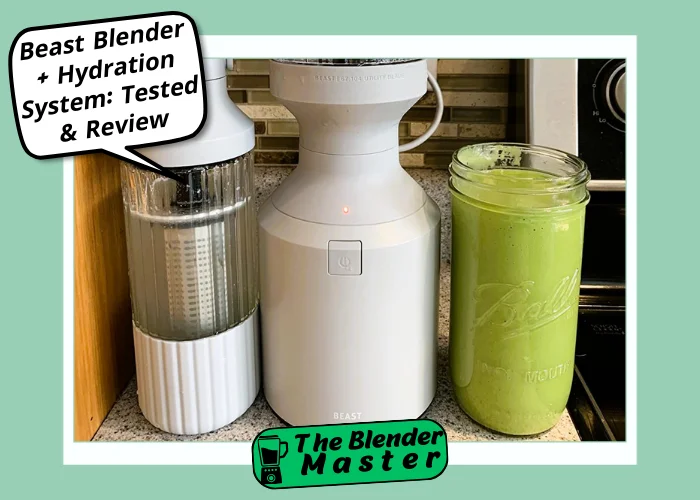
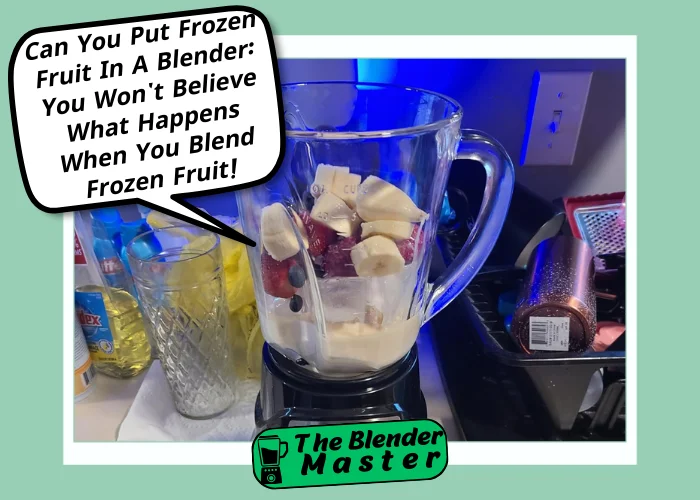
Leave a Reply